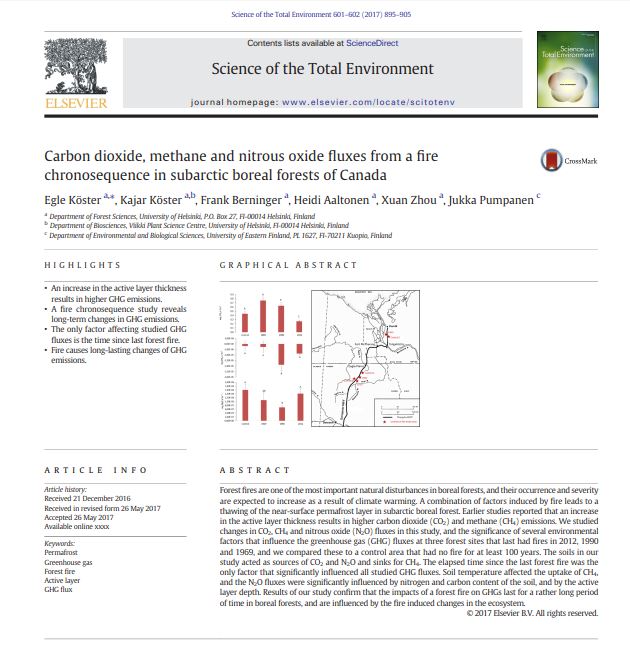Our team member PhD Egle Köster got a grant “Biochar as a possible new tool for afforestation practices” from Marjatta ja Eino Kollin Säätiö.
The new grant is for 2.5 years and the aim is to study the effects of added biochar on growth of containerized planting stock – whether biochar application to the growing mixture would affect the growth of three main tree species (Norway spruce, Scots pine and silver birch) during the first year of growing in the nursery, and whether biochar amendment would increase the survival of plants after the planting to the field.
Obtained results will allow us to analyze if and how biochar application would affect the need for liming, fertilization and irrigation during the nursery period. We aim to provide for the public (forest practitioner, other stakeholders and general public) practical tools to improve the available afforestation practices and at the same time try to produce a new environmental supportive method.
More info from BiocharSeedling

